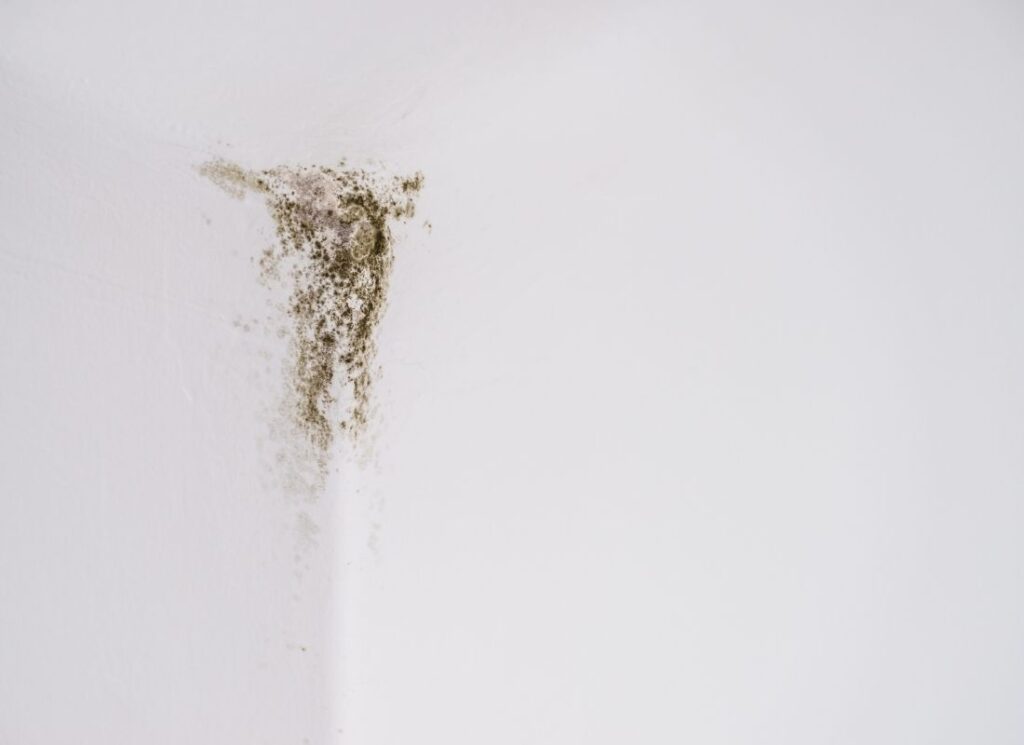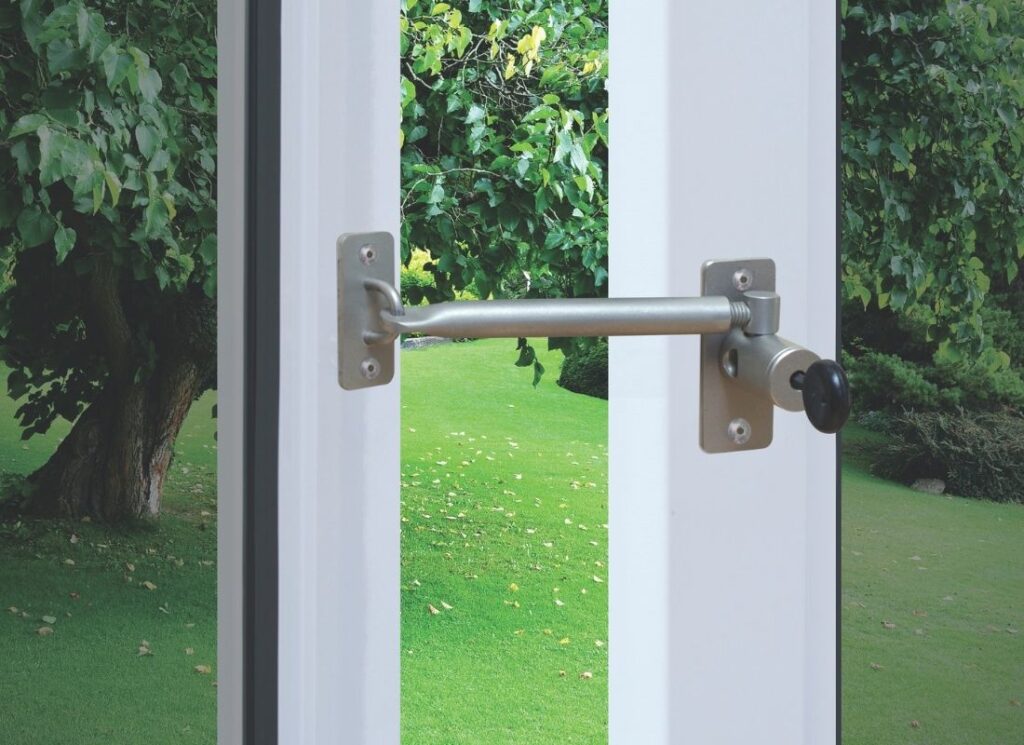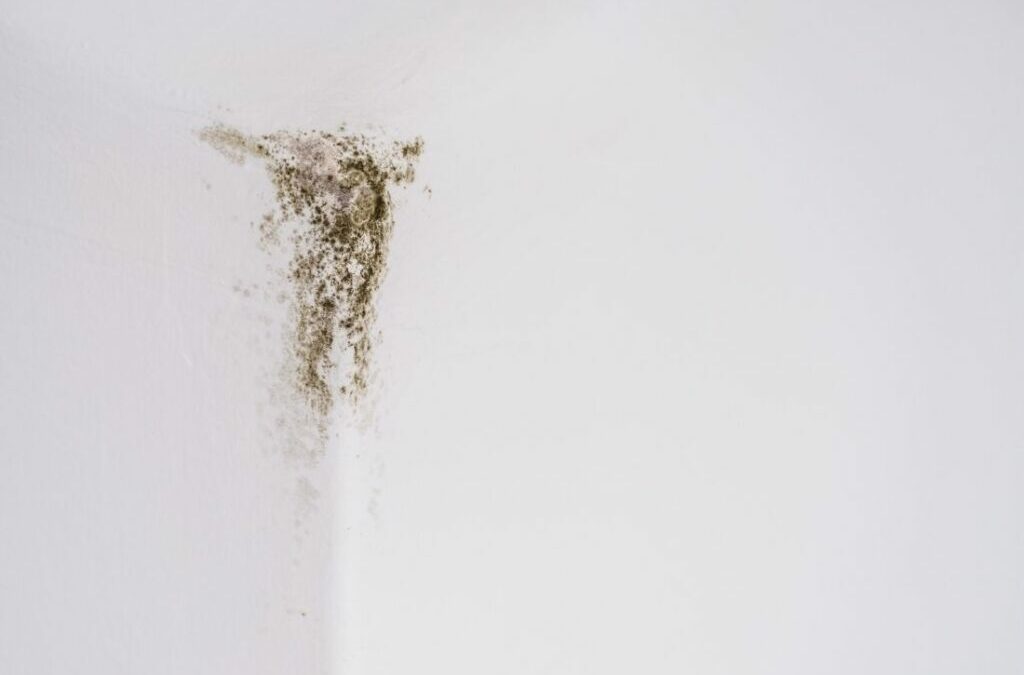Mould and mildew are constant and often recurring problems in homes across the United Kingdom. Our cold, wet winters mean our homes are prone to providing the ideal conditions for moulds to flourish.
This article looks at which moulds are most common in the home, how to identify a mould problem and how to go about cleaning, but most importantly it provides some useful tips on stopping mould from forming in the first place.

Common types of household mould
Mould is a type of fungi that feeds on organic matter such as dead plants or animals. It spreads by releasing spores and grows best in damp and poorly ventilated areas. But before we get into the specifics of how to find and eradicate mould in your home, let’s take a look at the different kinds, so we understand what to look out for.
Aureobasidium
This genus of mould includes 15 species with colours varying from pink to black. It is by far the most widely known and studied varieties of mould and is found almost everywhere in the world. Aureobasidium does have some positive qualities, with the species A. pullulans having various biotech applications.
Alternaria
The Alternaria genus is made up of a staggering 250 species and is found mostly on plant matter. The spores of this mould are released when it is warm, dry and windy to allow them to be carried on the air currents making them particularly hazardous to any allergy sufferers. It is estimated that Alternaria moulds are responsible for about 20% of agricultural crop loss during any given year.
Chaetomium
The Chaetomium genus is one to watch out for in particular. This mould is highly destructive and can have a seriously detrimental effect on someone’s health if they are exposed to it. The colonies of this type of mould are initially cottony and white in colour but turn greyish-green as they mature. In homes Chaetomium is commonly found in drywall where it feeds on the organic material.
Cladosporium
Cladosporium is a large genus with over 700 varieties spread across 169 species. This type of mould can form on just about any type of organic material including living plants and is present in the majority of homes. Cladosporium can have a wide range of negative health consequences ranging from asthma attacks to fatal reactions in extreme cases.
How to spot mould in the home
There are a number of ways to spot mould in the home and not all of them are immediately apparent. You need to pay attention to smells and how you are feeling, if you are prone to mould allergies you might experience these before seeing any mould buildup. Because mould prefers growing in the dark it can often hide out of sight so you need to know the tell tale signs.
Mould odour
Not all types of mould have a distinctive odour, but many do and this can be one of the easiest ways to discover it. The smell of mould is described as musty; it can have an earthy character, similar to damp soil; or more meaty, similar to rotting wood. If you smell mould you need to immediately find the source of the smell as the build up might be pretty extensive by that point.
Visible signs of mould growth
If you are seeing visible signs of mould growth it is usually indicative of a much larger colony. As we have mentioned a few times before mould tends to prefer dark out of the way places so visible mould is an indication that something is very wrong. You should move to immediately determine the source and if necessary bring in a professional to help eradicate it.
Dampness in walls or roof
While damp problems don’t necessarily mean you have a mould problem, they often go hand in hand. Damp caused by poor waterproofing or a lack of proper ventilation provides the perfect place for mould to grow, so these problems need to be sorted out the moment they become apparent.
Wall paper starts to lift
Mould has a tendency to form behind wallpaper because it is a dark environment and due to the moisture that builds up in the tiny air pockets created during its application. The worst part of mould forming in this space is that it can go unnoticed for a long time. That’s why it is important to investigate the moment you see your wallpaper lifting.

Hiding spots for mould
Finding mould in the home is like a game of hide and seek. Luckily, because it requires such specific conditions to survive it tends to always hide in the same spots. So you should regularly check these high risk areas.
Look behind your fridge
The area behind the fridge is kept warm and is an area where organic material tends to build up. This makes it a prime mould risk area.
Under or behind sinks and basins
Sinks and basins are generally found in the kitchen or bathroom, two of the most high risk areas in the home. Both provide the humidity and source of food that allows mould to thrive.
Around air vents
Because air vents are used to circulate air around the home they come into contact with a lot of mould spores and if not cleaned regularly these spores can develop into colonies.
Behind air conditioners
Air conditioners (particularly stand alone ones) are a high risk mould area. Not only do they come into contact with spores when they circulate air in the home, but they are also prone to the buildup of debris which can provide nutrients for the mould to grow in.
Behind washing machines
Washing machines are another mould hotspot for all the reasons mentioned above, furthermore poor plumbing can compound the problem by causing dampness around the machine.
How to test for mould
There are a number of ways to test for mould some of which can be done yourself quickly and easily. However, to fully understand the extent of the problem you may need to call in a professional.
Dab bleach on suspected spot
Mould and mildew will die when exposed to bleach. Simply dab a few drops of bleach onto the affected area if it lightens after a minute or two, then you have mould or mildew. If it stays dark, then it is probably dirt.
Home test kits
If you are looking for a more scientific approach you can purchase a mould test kit, which uses plates to test for mould spores in the rooms of your house.
Professional detection
The best and most accurate way to assess mould contamination levels in the home is to bring in a professional. These specialists are not only adept at finding mould, but can also usually assist with cleaning and prevention.
Ways to prevent mould
The best way to prevent mould colonies from forming is to deprive spores of the conditions they need to flourish. By reducing the humidity in your home and removing sources of nutrition by regularly cleaning you can go a long way in preventing mould from taking root.
Proper Home ventilation
Proper home ventilation is one of the key methods to stop spore buildup in your home. Even though mould spores are spread by air currents, having clean airflow means that the spores don’t reach critical levels. One simple way to ensure the flow of fresh air is to open a window or door on opposite sides of the room to create cross ventilation. A device such as a LockLatch allows you to lock any window or door in an open position allowing you to provide regular ventilation to any rooms that may be affected by mould.

Keeps things dry
Mould thrives in water, so be sure to keep things dry. Be particularly vigilant with puddles that form in kitchens, bathrooms or laundry rooms as these rooms are particularly prone to mould.
Clean regularly
Regularly cleaning your home and vacuuming is another effective mould prevention measure you can take, as this gets rid of the organic matter mould needs to survive.
Humidity control
Drying out the air is another useful tactic for stopping mould in its tracks. By using a mechanical ventilation device such as an air conditioning unit or dehumidifier you can control the humidity levels to ensure that mould doesn’t form.
Check for leaks
Always be on the lookout for the telltale signs of leaks, whether they be waterproofing issues or leaking plumbing. If you see damp forming you will need to contact a builder or plumber to look into the issue.
What kills mould in the home?
Prevention is better than cure, but if you do get mould in your home, you will need to know how to clean it. While cleaning can be done relatively simply with household chemicals, if your mould problem is recurring or more serious you should consult a professional.
White wine vinegar
White wine vinegar is so effective at killing mould that some people prefer using it to chemical cleaners. Spray the mould with neat white wine vinegar, wait 30 minutes and the mould should start to die and disappear.
Chlorine bleach
While chlorine beach is relatively effective at killing mould it doesn’t work effectively on porous substances such as wood. This is because it struggles to penetrate the surfaces and kill the roots of the mould.
Hydrogen peroxide
Just like with vinegar you need to spray the mould with 3% hydrogen peroxide and wait for ten minutes or until the hydrogen peroxide stops bubbling. You can then wipe the mould away with a cloth.
Home ventilation
For smaller colonies sometimes just opening a window or door and letting the fresh air in is enough to kill mould.

